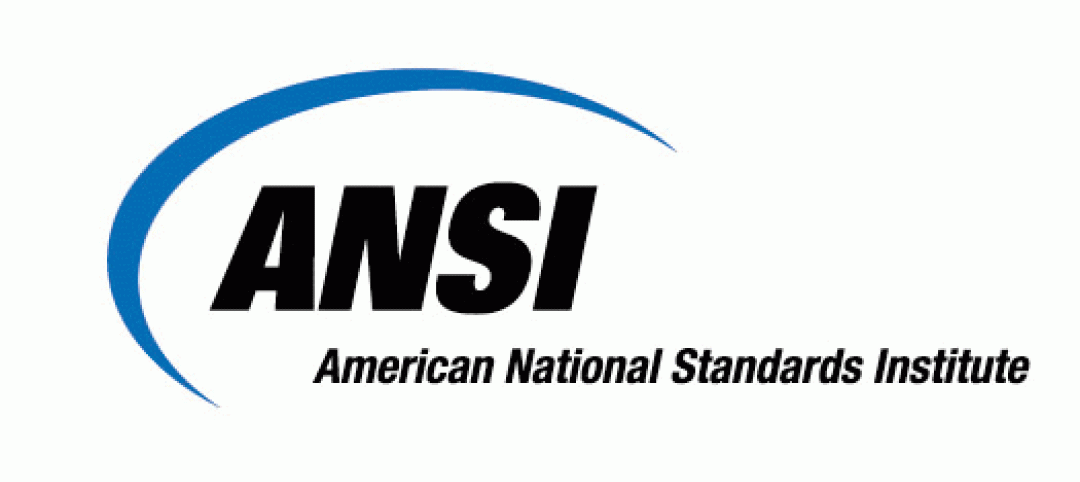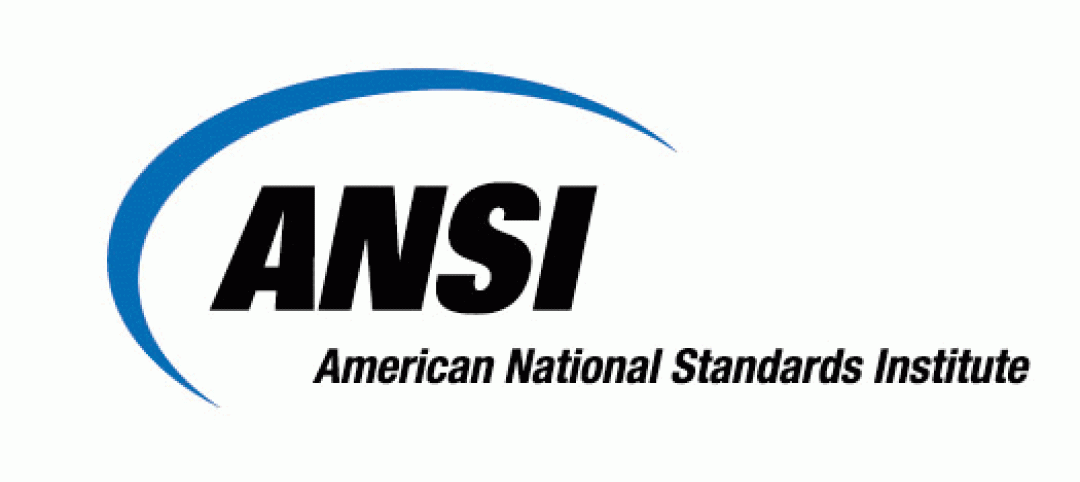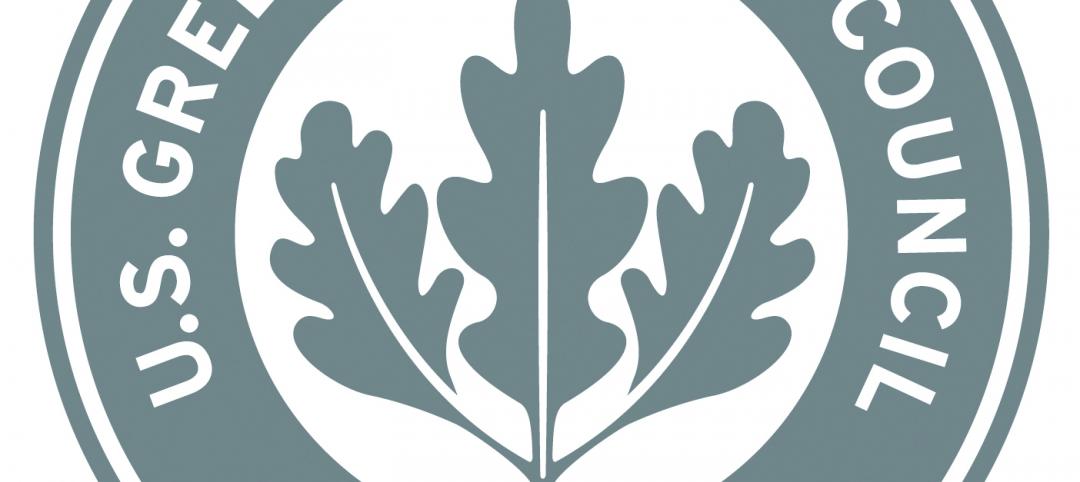Clients and architects disagree on how well building to code provides resilience, according to a recent report by the American Institute of Architects (AIA) in partnership with Owens Corning.
Resiliency in the Built Environment assesses the current state and best practices for increasing resiliency and sustainability in design and construction. Clients believe building to code is sufficient to ensure resilience, but architects disagree with that notion, the report says. It’s not surprising then, that few projects and properties are reported as being built beyond code.
The report also provides insights into how to best improve resiliency and sustainability from design through construction with input from three key audiences: architects, general contractors, and clients, including owners and developers. One key finding: “Stronger building codes and standards will drive resiliency, but so will making the business case to clients.”
The report’s areas of focus include:
- The role of building codes, clients’ expectations, and specification requirements that drive resiliency in design.
- How is resiliency reinforced through practices like material replacement strategy and resilient design strategies?
- Where are the biggest gaps in expertise about resiliency in construction, and how can they be filled?
- How do long-term and short-term incentives determine the level of resiliency for a given project?
- How is resiliency considered when selecting building products and materials?
- Which hazards and risks are most commonly taken into account in design?
The report is available for free at the AIA website.
Related Stories
| Nov 16, 2012
AAMA publishes quality assurance guidelines for Polyamide Thermal Barriers
The American Architectural Manufacturers Association (AAMA) has published QAG-2-12, Voluntary Quality Assurance Processing Guide for Polyamide Thermal Barriers.
| Nov 16, 2012
New ANSI/BIFMA standards developed for educational seating
The American National Standards Institute (ANSI) has approved the newly developed safety and performance standard for educational seating: ANSI/BIFMA X6.1-2012—the first of its kind.
| Nov 16, 2012
Green building councils in 62 countries expect 60% of their work to be green by 2015
More than half of the respondents to a survey of members of the Green Building Council in 62 countries expect green projects to comprise 60% of their work by 2015.
| Nov 16, 2012
Voters approve fewer construction ballot measures in 2012 than in 2008
Voters passed fewer ballot measures related to construction projects this year than they did in 2008, according to an analysis by the Associated General Contractors of America.
| Nov 9, 2012
New ANSI/BIFMA standard adds point for lower formaldehyde emissions
The ANSI/BIFMA e3-2012 Furniture Sustainability Standard now includes an additional point for furniture products that meet a new, lower formaldehyde emissions limit.
| Nov 9, 2012
Higher bar on LEED may not be harder to reach
The U.S. Green Building Council expects to substantially revise LEED next year, requiring builders beginning in 2015 to take new and more-detailed steps to get buildings certified.
| Nov 9, 2012
CSI’s sustainability practice group offers webinar on EPA's WaterSense Program
The Construction Specification Institute’s sustainability practice group is offering a webinar Nov. 20 on EPA’s WaterSense Program, featuring Lynn Gilleland, drinking water specialist with EPA’s New England office.
| Nov 9, 2012
Mayor in Calif. wants to expedite permits for $1B worth of projects
The mayor of San Jose, Calif., plans to issue new construction permits worth an estimated $1 billion in the next six months to spur job creation and create revenue for the city.
| Nov 9, 2012
Jury awards N.Y. roofer $2 million for injuries after construction site fall
A roofing worker from Cortland County, N.Y., has been awarded $2 million in damages due to the injuries he sustained from a 60-foot fall at a dormitory construction site.
















